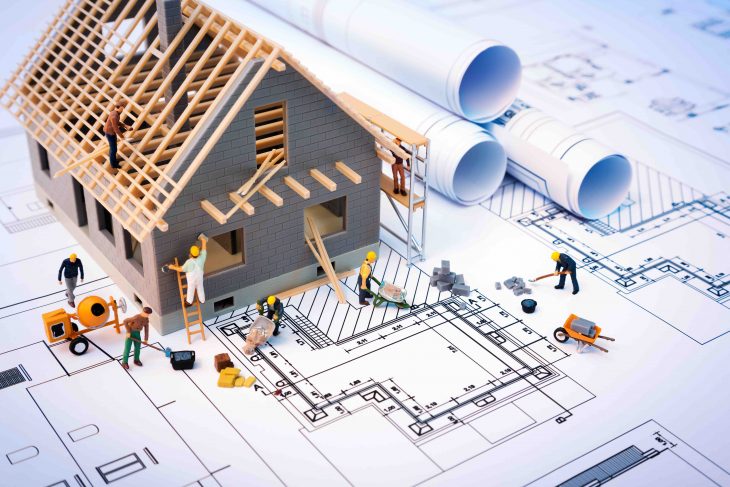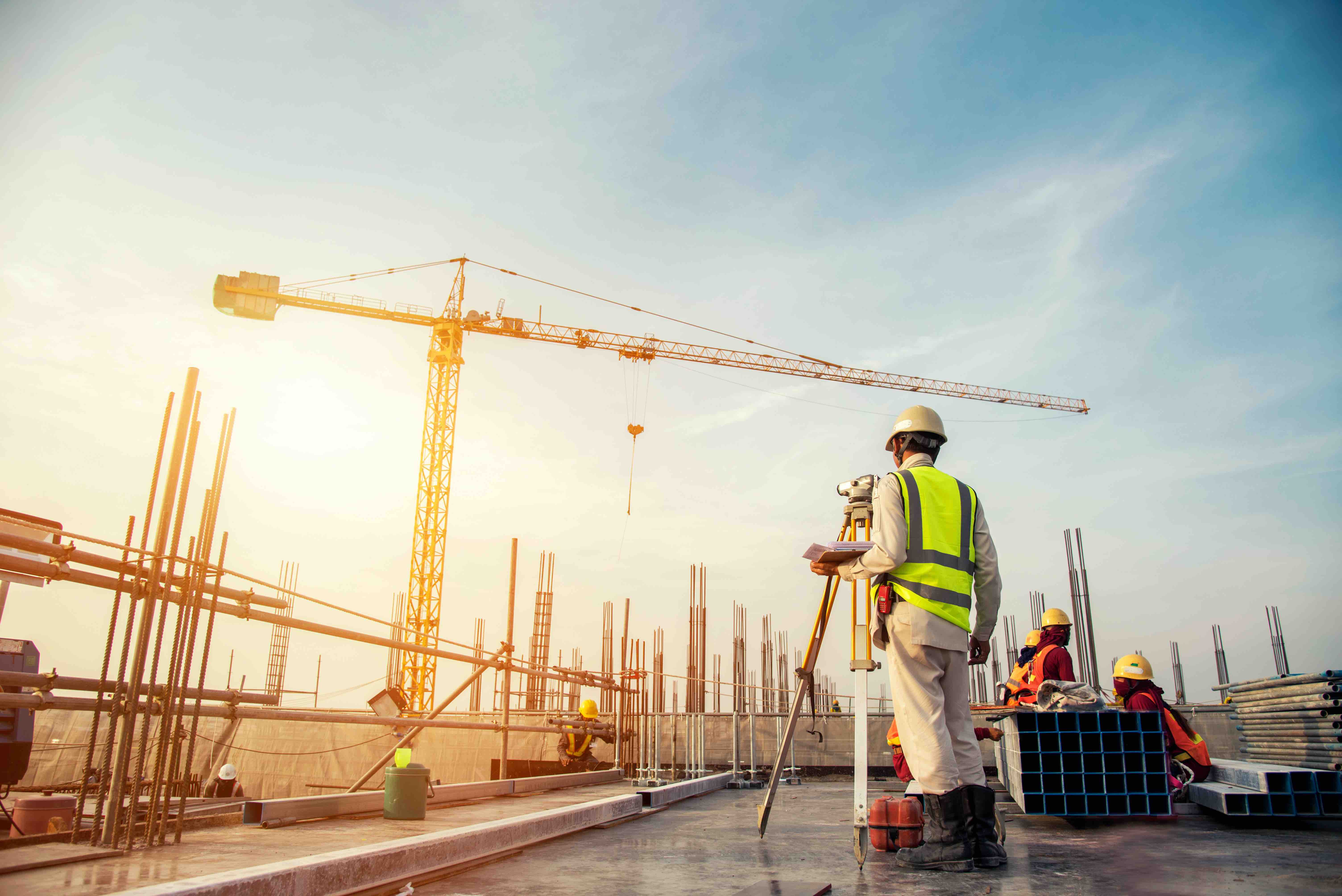
Construction is an integral part of human civilization, shaping our cities, homes, and infrastructure. It encompasses a wide range of skills, techniques, and materials that have evolved over centuries. In this article, we will delve into 15 intriguing facts about construction, uncovering the historical milestones, modern innovations, and the impact of construction on our daily lives. Join us as we explore the fascinating world of building and design.
Ancient Beginnings
Construction has ancient roots, dating back thousands of years. From the ancient pyramids of Egypt to the Roman Colosseum, humans have been erecting monumental structures using innovative building techniques that continue to inspire us today.
Skilled Craftsmanship
Construction is a highly skilled profession that requires expertise in various trades. Carpenters, masons, plumbers, electricians, and many other skilled craftsmen collaborate to bring architectural visions to life, showcasing the mastery of their respective trades.
Sustainable Design
In recent years, sustainability has become a key focus in construction. Architects and engineers are incorporating eco-friendly design principles, such as energy-efficient materials, renewable energy systems, and water conservation methods, to create environmentally conscious buildings.
High-Tech Tools

Advancements in technology have revolutionized the construction industry. From computer-aided design (CAD) software and building information modeling (BIM) to drones and 3D printing, these tools enhance accuracy, efficiency, and safety in the construction process.
Mega Structures
The world’s largest construction projects showcase the remarkable feats of human engineering. From skyscrapers that pierce the clouds to expansive bridges spanning vast bodies of water, these mega structures demonstrate the capabilities of human ingenuity and the desire to push boundaries.
Infrastructure Development
Construction plays a critical role in developing and maintaining infrastructure. Roads, bridges, railways, airports, and utility systems are essential components that connect communities, facilitate transportation, and support economic growth.
Safety First
Safety is paramount in the construction industry. Workers adhere to strict safety protocols and regulations to mitigate risks and prevent accidents. From proper use of personal protective equipment (PPE) to regular safety training, the well-being of construction workers is a top priority.
Green Building Certification
Green building certification programs, such as LEED (Leadership in Energy and Environmental Design), promote sustainable building practices and recognize structures that meet specific environmental criteria. These certifications encourage the construction industry to prioritize sustainability and minimize the environmental impact of buildings.
Architectural Marvels
Architecture is an art form that pushes the boundaries of design. Iconic buildings like the Sydney Opera House, the Taj Mahal, and the Guggenheim Museum in Bilbao captivate with their unique aesthetics, showcasing the creativity and vision of architects.
Preservation and Restoration
Preserving historical buildings and restoring them to their former glory is an essential aspect of construction. Skilled craftsmen meticulously repair and maintain heritage structures, ensuring that their historical and cultural significance is preserved for future generations.
Modular Construction
Modular construction is a modern method that involves the off-site fabrication of building components, which are then assembled on-site. This approach offers benefits such as reduced construction time, improved quality control, and minimized waste generation.
Innovative Materials
The construction industry continually explores innovative materials that enhance performance and sustainability. From recycled materials like reclaimed wood and recycled concrete to advanced composites and smart materials, these innovations drive the evolution of construction practices.
Urban Planning

Urban planning is an interdisciplinary field that encompasses construction, design, and policy. Planners work to create functional and livable cities, considering factors such as transportation systems, zoning regulations, public spaces, and sustainable development.
Iconic Construction Equipment
Construction equipment plays a vital role in building projects. From towering cranes and excavators to concrete mixers and bulldozers, these iconic machines facilitate the construction process and enable the realization of grand architectural visions.
Economic Impact
Construction is a significant contributor to the global economy. The industry generates employment opportunities, stimulates economic growth through infrastructure development, and fosters innovation and entrepreneurship.
Conclusion
Embark on a journey through the diverse and captivating world of construction. From ancient building techniques to modern innovations, this industry continues to shape our environment and enrich our lives. So, marvel at the architectural wonders, appreciate the craftsmanship, and recognize the profound impact of construction on the world around us.
Frequently Asked Questions (FAQs)
How long does a construction project typically take?
The duration of a construction project varies depending on its complexity, scale, and various other factors. Some projects can be completed within a few months, while others, such as large-scale commercial buildings or infrastructure projects, may take several years to finish.
How are construction costs estimated?
Construction costs are estimated based on factors such as materials, labor, equipment, permits, and project specifications. Contractors and estimators use industry knowledge, historical data, and cost databases to develop accurate estimates for construction projects.
What safety measures are in place to protect construction workers?
Construction sites implement various safety measures, including regular safety training, hazard assessments, personal protective equipment (PPE) requirements, fall protection systems, and protocols for handling hazardous materials. These measures aim to ensure the safety and well-being of workers on-site.
What is sustainable construction?
Sustainable construction focuses on reducing the environmental impact of buildings throughout their lifecycle. It involves using energy-efficient materials, implementing renewable energy systems, optimizing resource use, and minimizing waste generation. The goal is to create environmentally friendly and energy-efficient structures.
How does construction contribute to urban development?
Construction is a key driver of urban development. It facilitates the creation of essential infrastructure, such as roads, bridges, and utilities, and supports the growth of cities by providing housing, commercial spaces, and public amenities. Construction projects shape the physical landscape and improve the quality of life in urban areas.
Was this page helpful?
Our commitment to delivering trustworthy and engaging content is at the heart of what we do. Each fact on our site is contributed by real users like you, bringing a wealth of diverse insights and information. To ensure the highest standards of accuracy and reliability, our dedicated editors meticulously review each submission. This process guarantees that the facts we share are not only fascinating but also credible. Trust in our commitment to quality and authenticity as you explore and learn with us.


